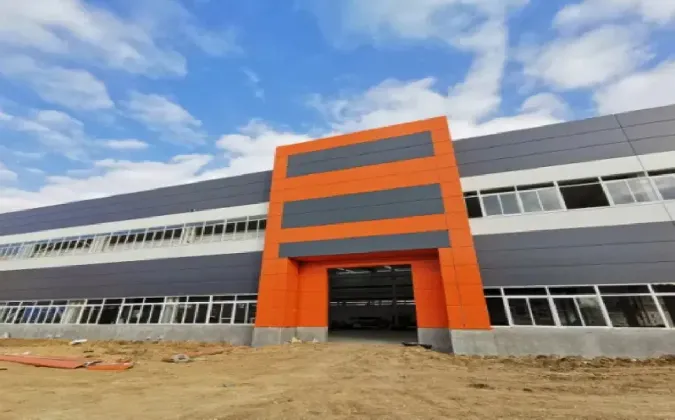- Afrikaans
- Albanian
- Amharic
- Arabic
- Armenian
- Azerbaijani
- Basque
- Belarusian
- Bengali
- Bosnian
- Bulgarian
- Catalan
- Cebuano
- Corsican
- Croatian
- Czech
- Danish
- Dutch
- English
- Esperanto
- Estonian
- Finnish
- French
- Frisian
- Galician
- Georgian
- German
- Greek
- Gujarati
- Haitian Creole
- hausa
- hawaiian
- Hebrew
- Hindi
- Miao
- Hungarian
- Icelandic
- igbo
- Indonesian
- irish
- Italian
- Japanese
- Javanese
- Kannada
- kazakh
- Khmer
- Rwandese
- Korean
- Kurdish
- Kyrgyz
- Lao
- Latin
- Latvian
- Lithuanian
- Luxembourgish
- Macedonian
- Malgashi
- Malay
- Malayalam
- Maltese
- Maori
- Marathi
- Mongolian
- Myanmar
- Nepali
- Norwegian
- Norwegian
- Occitan
- Pashto
- Persian
- Polish
- Portuguese
- Punjabi
- Romanian
- Russian
- Samoan
- Scottish Gaelic
- Serbian
- Sesotho
- Shona
- Sindhi
- Sinhala
- Slovak
- Slovenian
- Somali
- Spanish
- Sundanese
- Swahili
- Swedish
- Tagalog
- Tajik
- Tamil
- Tatar
- Telugu
- Thai
- Turkish
- Turkmen
- Ukrainian
- Urdu
- Uighur
- Uzbek
- Vietnamese
- Welsh
- Bantu
- Yiddish
- Yoruba
- Zulu
Nov . 09, 2024 06:25 Back to list
Building Steel Design Principles and Practices
In the modern age of architecture and engineering, steel has emerged as a fundamental material in the construction of buildings. Its remarkable properties, including high strength-to-weight ratio, versatility, and durability, make it an ideal choice for both structural frameworks and aesthetic façades. This article delves into the principles and practices of building steel design, exploring its critical role in shaping contemporary architecture.
The Properties of Steel
Steel is an alloy primarily composed of iron and carbon, which enhances its strength and malleability. Various types of steel, such as carbon steel, stainless steel, and alloy steel, cater to different construction needs. One of the most significant advantages of steel is its high tensile strength, which allows for the construction of airy, open spaces without the need for excessive support columns. Additionally, steel is resistant to very high temperatures when treated properly, making it an excellent choice for fire-prone areas.
Design Principles
Building steel design is guided by several fundamental principles to ensure safety, functionality, and aesthetic appeal. The first principle is load-bearing capacity. Engineers must consider various loads that a structure will encounter, including dead loads (the weight of the building's structural components) and live loads (the weight imposed by occupants and furniture). Allowable loads are calculated using building codes and standards to ensure that the structure remains safe and stable.
Another crucial principle is stability. Steel structures must resist lateral loads caused by wind or seismic activity. This requires the implementation of bracing systems or shear walls to provide additional strength and stiffness. Designers frequently use computer modeling to simulate different loading conditions, ensuring that the structure can withstand forces that may act upon it.
Fatigue resistance is also vital in steel design. Structures are subjected to repeated loading and unloading over time, which can lead to material fatigue. Engineers must select appropriate materials and design connections that can accommodate these cyclical stresses to extend the lifespan of the building.
Aesthetic Considerations
building steel design

In addition to structural integrity, the aesthetic aspects of steel design play a critical role in modern architecture. Steel can be shaped and finished in various ways, offering endless possibilities for creativity. Architects often leverage the sleek, industrial look of exposed steel beams and columns, which can become integral components of a building's visual identity.
Moreover, the use of steel allows for innovative designs, such as cantilevered structures and intricate facades. The material’s adaptability enables seamless integration between structural and architectural elements, leading to visually striking buildings that meet both practical and aesthetic standards.
Sustainability in Steel Design
With the increasing focus on sustainability in construction, steel design has evolved to incorporate environmentally friendly practices. Steel has a high recycling rate—around 90% of steel used in construction is recycled, significantly minimizing waste. Utilizing recycled steel not only reduces environmental impact but also lowers costs for builders.
Additionally, modern steel design considers energy efficiency. Designers are increasingly incorporating insulation and other materials that reduce energy consumption, creating structures that are not only durable but also environmentally responsible.
Conclusion
Building steel design is a dynamic field that merges engineering principles with aesthetic creativity. Its unique properties and versatility make it an essential material in modern construction, allowing for innovative designs that meet the demands of contemporary architecture. As we continue to emphasize sustainability and environmental stewardship, steel will undoubtedly play a pivotal role in the future of building design, contributing to structures that are not only strong and durable but also eco-friendly and aesthetically pleasing.
In summary, understanding the principles and practices of building steel design equips architects and engineers to create safe, functional, and beautiful structures that stand the test of time. As technology advances, the possibilities for steel design will only expand, reinforcing its status as a cornerstone of modern construction.
-
How Do Prefabricated Steel Structures Transform Modern Construction?
NewsJul.14,2025
-
How Do Prefabricated Metal Buildings Redefine Modern Construction?
NewsJul.14,2025
-
How Do Prefab Insulated Metal Buildings and Steel Structures Revolutionize Modern Construction?
NewsJul.14,2025
-
How Do Pre - Engineered Steel Structures Redefine Modern Construction?
NewsJul.14,2025
-
Advancing Modular Construction with Prefabricated Metal Structures
NewsJul.14,2025
-
Advancing Industrial Infrastructure with Prefabricated Steel Solutions
NewsJul.14,2025
Products categories
Our Latest News
We have a professional design team and an excellent production and construction team.












